Choosing the Right Snowboarding Instructor: Ride Smarter, Learn Faster
Chosen theme: Choosing the Right Snowboarding Instructor. Whether you’re tackling your first heel-side slide or refining deep carves, the right coach transforms nerves into flow. Explore what to look for, ask better questions, and share your goals—subscribe for fresh tips and mountain-ready insights.
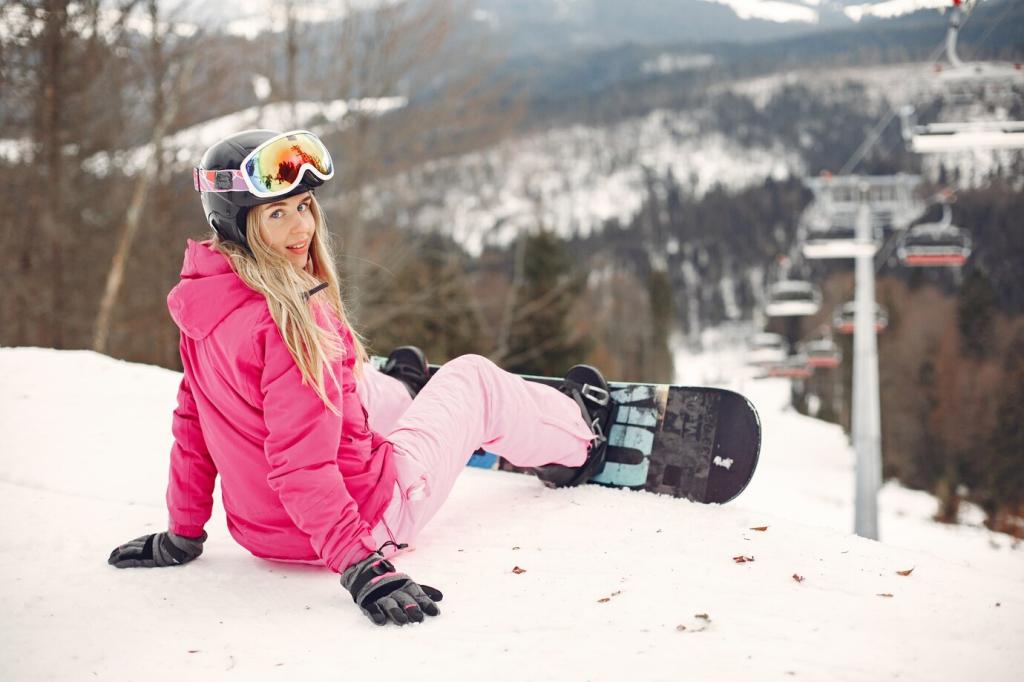
Certifications That Truly Matter
Look for respected certifications like PSIA-AASI, CASI, BASI, or NZSIA. These programs require solid demonstrations, teaching exams, and safety knowledge, so you’re not guessing about quality. Ask which organization certified them and how they keep their skills current each season.
Experience and Specialization
Beginner, Freestyle, or Backcountry
If you’re a first-timer, seek patient progressions and terrain selection expertise. Freestyle learners should ask about park etiquette, feature progression, and safe trick building. Considering backcountry? Choose someone with avalanche awareness training and experience navigating variable snow and conservative decision-making.

Teaching Style and Communication
You should hear cause-and-effect language: “Edge earlier to reduce skid,” or “Stacked hips keep pressure consistent.” Great coaches blend cues, analogies, and quick video to show your next micro-adjustment. If feedback sounds vague, ask for a specific, measurable focus for the next run.
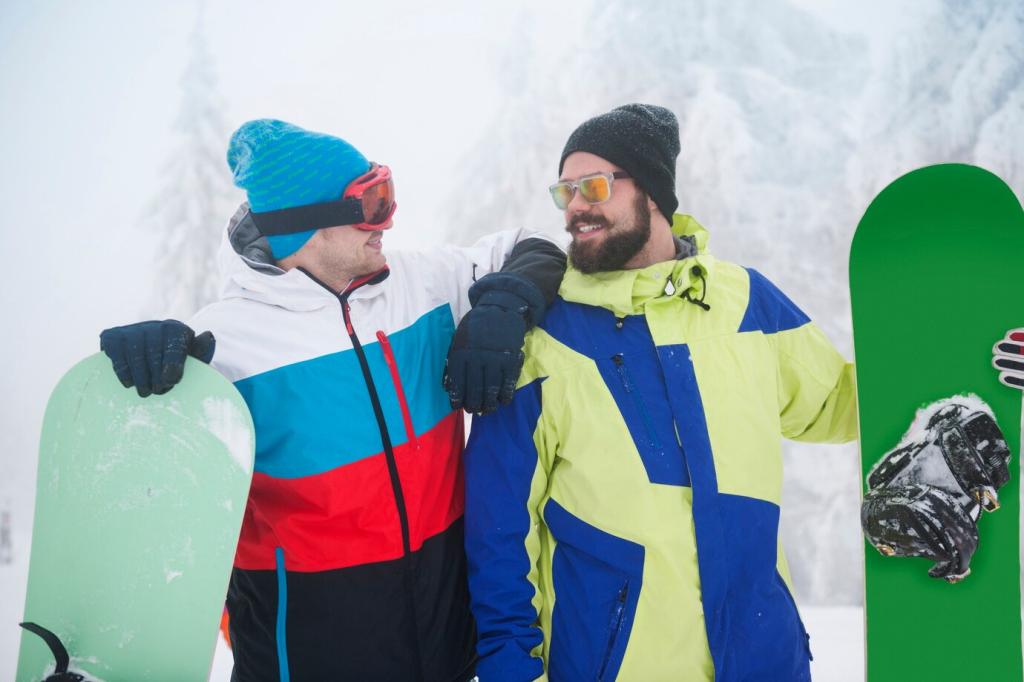
Teaching Style and Communication
Strong instructors use stepwise progressions: flat-ground drills, slow green traverses, controlled sideslipping, then precise linked turns. They choose forgiving terrain and set bite-sized goals you can actually feel. Expect a rhythm of try, adjust, repeat—never rushed, always purposeful and confidence-forward.
Safety, Risk Management, and Mountain Savvy
Ask if they hold current CPR or Wilderness First Aid certifications. Venturing off-piste or touring? Look for AIARE or AST avalanche training and a conservative approach to hazard management. Expertise means knowing when not to go just as confidently as when to ride.
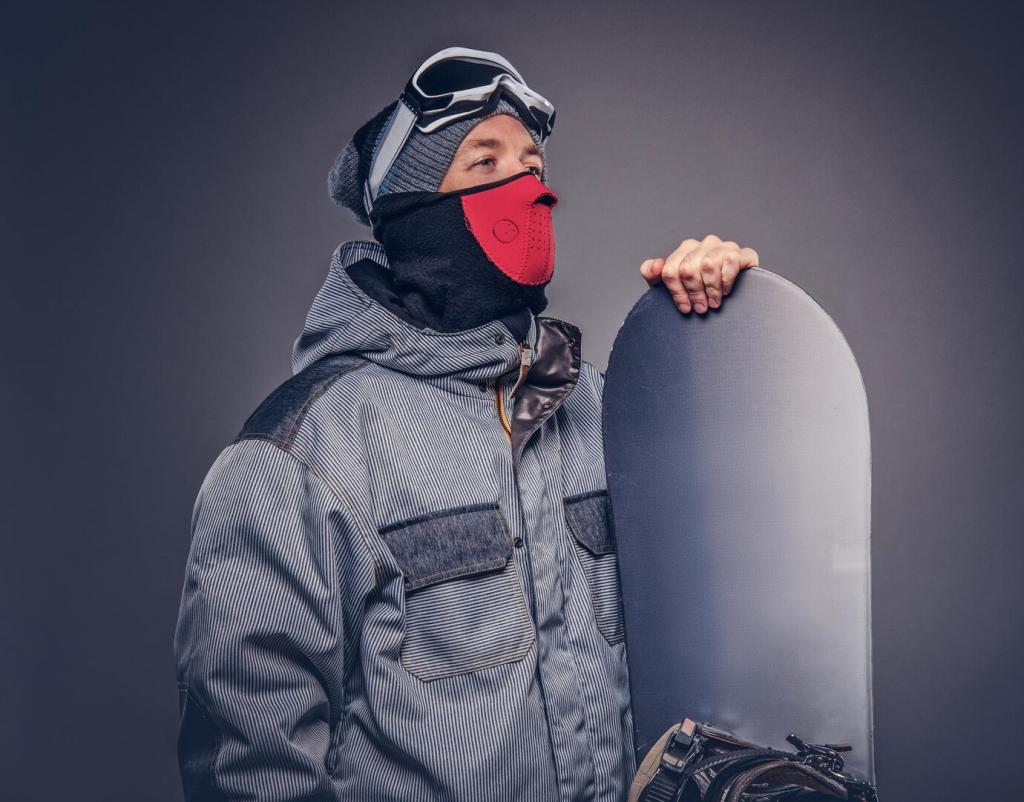
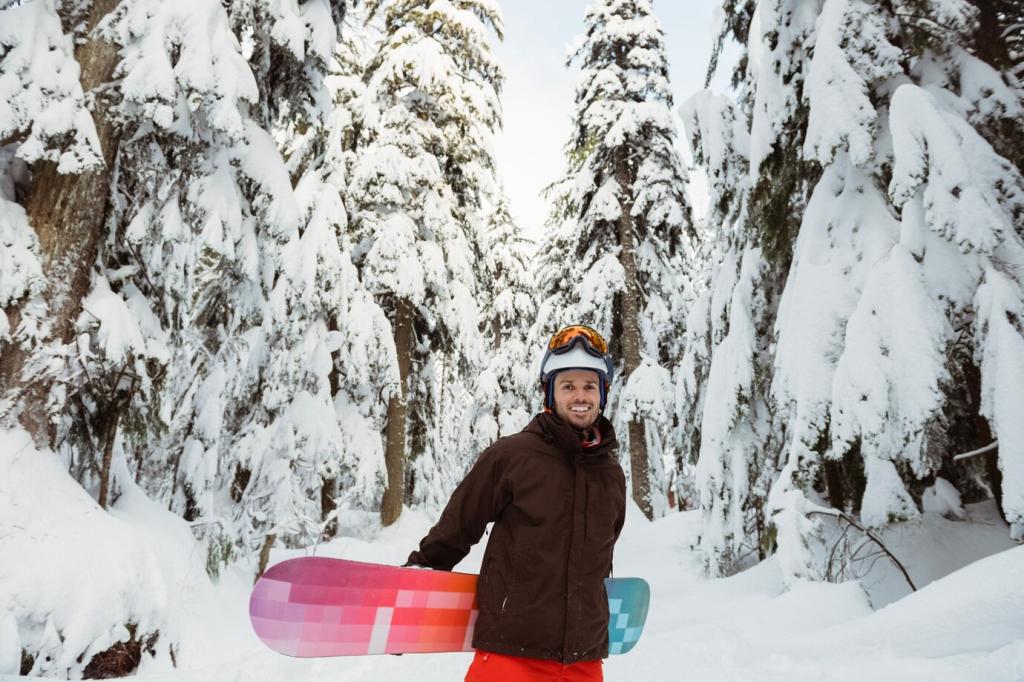
Safety, Risk Management, and Mountain Savvy
A savvy coach checks wind, temperature swings, and recent storms to choose the right aspects and times of day. They adjust drills for crust, slush, or firm hardpack, teaching you how conditions shape edge hold, speed control, and safe terrain choices.




Red Flags That Slow Progress
Be cautious if an instructor skips safety talks, rushes terrain, or dismisses your fears. Overpromising tricks, unclear goals, or constant bragging without listening are warning signs. You deserve structured guidance, not vibes-only coaching or pressure to ride beyond your limits.

Green Lights That Build Trust
Green lights include a clear plan, tailored drills, timely feedback, and genuine curiosity about your learning style. You’ll feel seen and supported, with measurable steps for the next run. Trust shows up as calm decision-making and consistent respect for your boundaries.
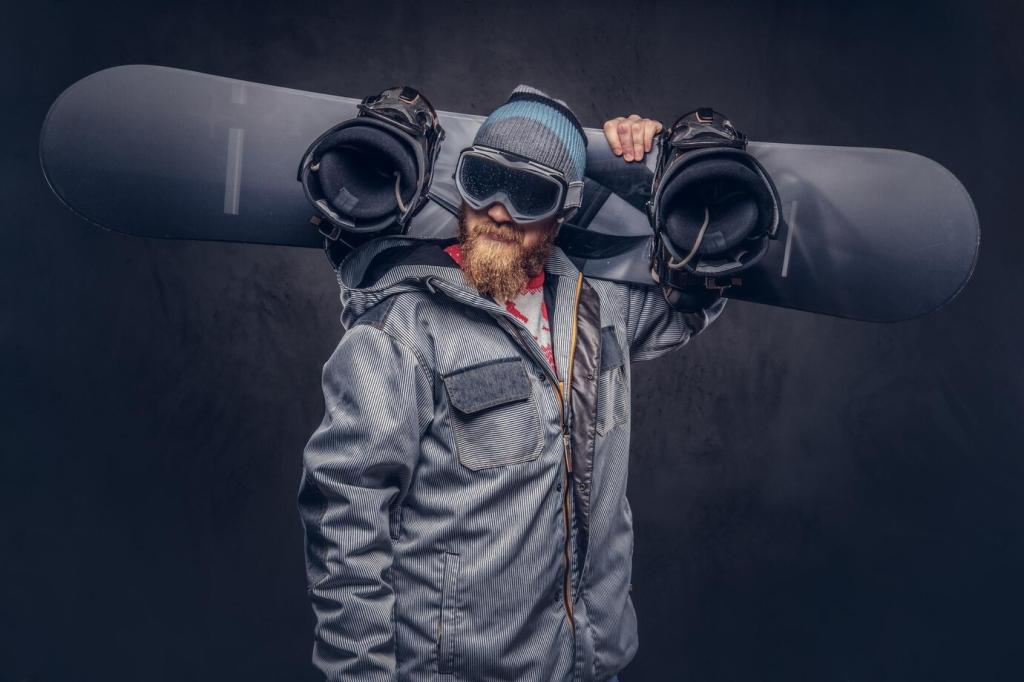
Trial Lesson Litmus Test
Set one micro-goal—like smoother toe-side entries—and watch how they coach it. Do they adjust terrain, demo clearly, and check understanding? Afterward, reflect together on what changed. If you felt safer and smarter, you’ve likely found your coach.
Real Stories, Real Outcomes
Maya nearly bailed on her first chair. Her instructor rehearsed the unload on flat snow, then rode the lift beside her, narrating each step. They celebrated a clean glide away. Share your first chair story in the comments—what made it easier for you?
Real Stories, Real Outcomes
Tariq’s instructor scaled features down, added approach markers, and used slow-motion video. Within three sessions, sketchy 180s turned into smooth, stomped landings. Want to learn spins safely? Drop your current sticking point below, and we’ll craft a focused progression idea.
